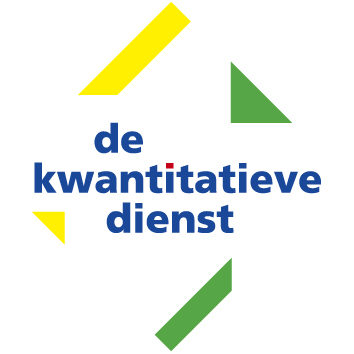Optimally solving a decision problem generally implies: at the lowest cost. Or with highest revenue, or a combination of the two. Of course within certain restrictions such as budget or required service level.
Nowadays however, next to the financial side many organisations want to take social and environmental aspects into account and they adopt the well-known 3P model: People – Planet – Profit.
Some examples:
- In a work planning schedule the specific home situation, personal preferences and resilience of employees can be taken into account.
- In logistics, next to stock, transportation and service costs, adversarial effects such as air pollution or CO2 emission and traffic jams can be included in the optimisation.
- By taking a view of the entire lifecycle of a product, from raw materials and energy use to the expected lifetime, dismantling and reuse, suboptimisation can be avoided and environmental and financial gains can strengthen each other. This is the rationale behind cradle-to-cradle design.
Incidentally, environmental aspects in particular are increasingly incorporated into the financial dimension by national and EU rules, for example through CO2 certificates.
de kwantitatieve dienst is a strong supporter of the 3P model, a form of corporate social responsibility (CSR). See also our CSR page.


